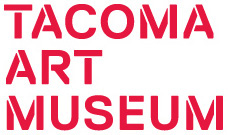Kamekichi Tokita
Kamekichi Tokita received his business degree in Japan and studied Chinese landscape painting and calligraphy. He immigrated to Seattle in 1919 where he became part of the creative community learning oil painting from fellow artist Kenjiro Nomura and writing poetry. In 1928 he and Nomura opened the Noto Sign Company which served as a gathering place for artists after hours. In 1929 Tokita began showing his paintings in regional exhibitions in Seattle and the San Francisco Bay Area. He quickly won awards and public recognition. The Art Institute of Seattle and its successor organization, the Seattle Art Museum, gave him solo exhibitions in 1930 and 1935. From 1933-1934 he work for the Federal government’s Public Works of Art Project. In 1936 Tokita was among ten artists chosen to represent Washington State at the First National Exhibition of American Art in New York. He was one of the founding members of the Group of Twelve, a collective of Seattle-area artists formed in 1935 to advance modernist painting in the region.
Tokita's career was cut short in 1942 when he and his family were forcibly removed to the Minidoka Relocation Center in Hunt, Idaho as part of the government imprisonment of all Japanese and Japanese American residents during World War II. He and his family returned to Seattle after being released in 1945 but continued to struggle. Tokita became ill and died a few short years later.
[source: Densho.org, Barbara Johns]



